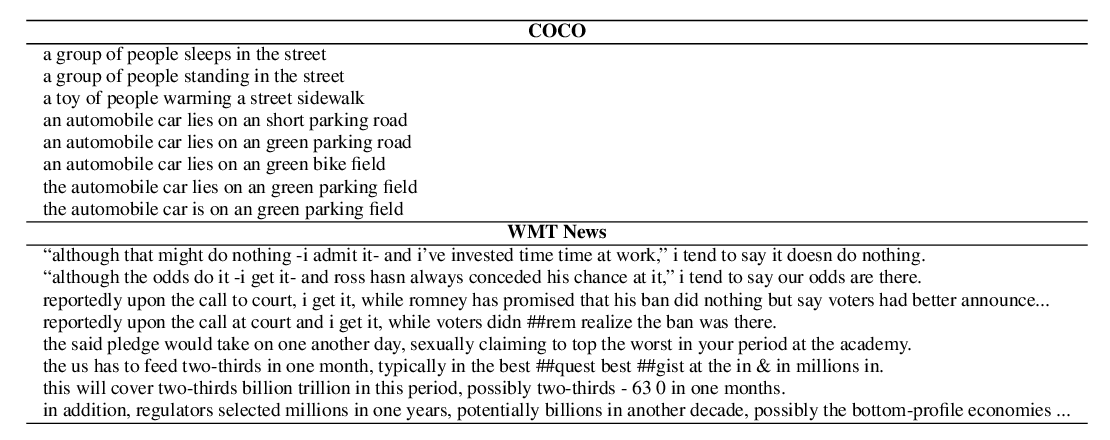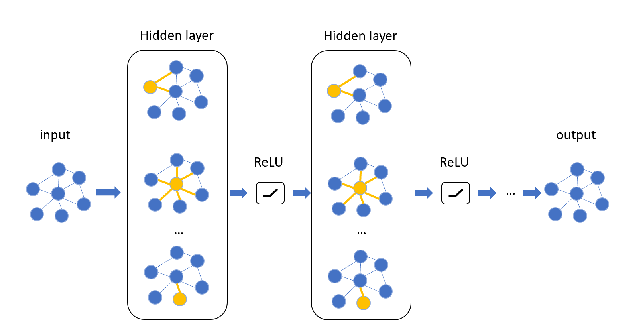Improving Disentangled Text Representation Learning with Information-Theoretic Guidance
Pengyu Cheng, Martin Renqiang Min, Dinghan Shen, Christopher Malon, Yizhe Zhang, Yitong Li, Lawrence Carin
Machine Learning for NLP Long Paper
Session 13A: Jul 8
(12:00-13:00 GMT)

Session 14B: Jul 8
(18:00-19:00 GMT)

Abstract:
Learning disentangled representations of natural language is essential for many NLP tasks, e.g., conditional text generation, style transfer, personalized dialogue systems, etc. Similar problems have been studied extensively for other forms of data, such as images and videos. However, the discrete nature of natural language makes the disentangling of textual representations more challenging (e.g., the manipulation over the data space cannot be easily achieved). Inspired by information theory, we propose a novel method that effectively manifests disentangled representations of text, without any supervision on semantics. A new mutual information upper bound is derived and leveraged to measure dependence between style and content. By minimizing this upper bound, the proposed method induces style and content embeddings into two independent low-dimensional spaces. Experiments on both conditional text generation and text-style transfer demonstrate the high quality of our disentangled representation in terms of content and style preservation.
You can open the
pre-recorded video
in a separate window.
NOTE: The SlidesLive video may display a random order of the authors.
The correct author list is shown at the top of this webpage.
Similar Papers
Exploring Contextual Word-level Style Relevance for Unsupervised Style Transfer
Chulun Zhou, Liangyu Chen, Jiachen Liu, Xinyan Xiao, Jinsong Su, Sheng Guo, Hua Wu,

Politeness Transfer: A Tag and Generate Approach
Aman Madaan, Amrith Setlur, Tanmay Parekh, Barnabas Poczos, Graham Neubig, Yiming Yang, Ruslan Salakhutdinov, Alan W Black, Shrimai Prabhumoye,

Learning Implicit Text Generation via Feature Matching
Inkit Padhi, Pierre Dognin, Ke Bai, Cícero Nogueira dos Santos, Vijil Chenthamarakshan, Youssef Mroueh, Payel Das,

